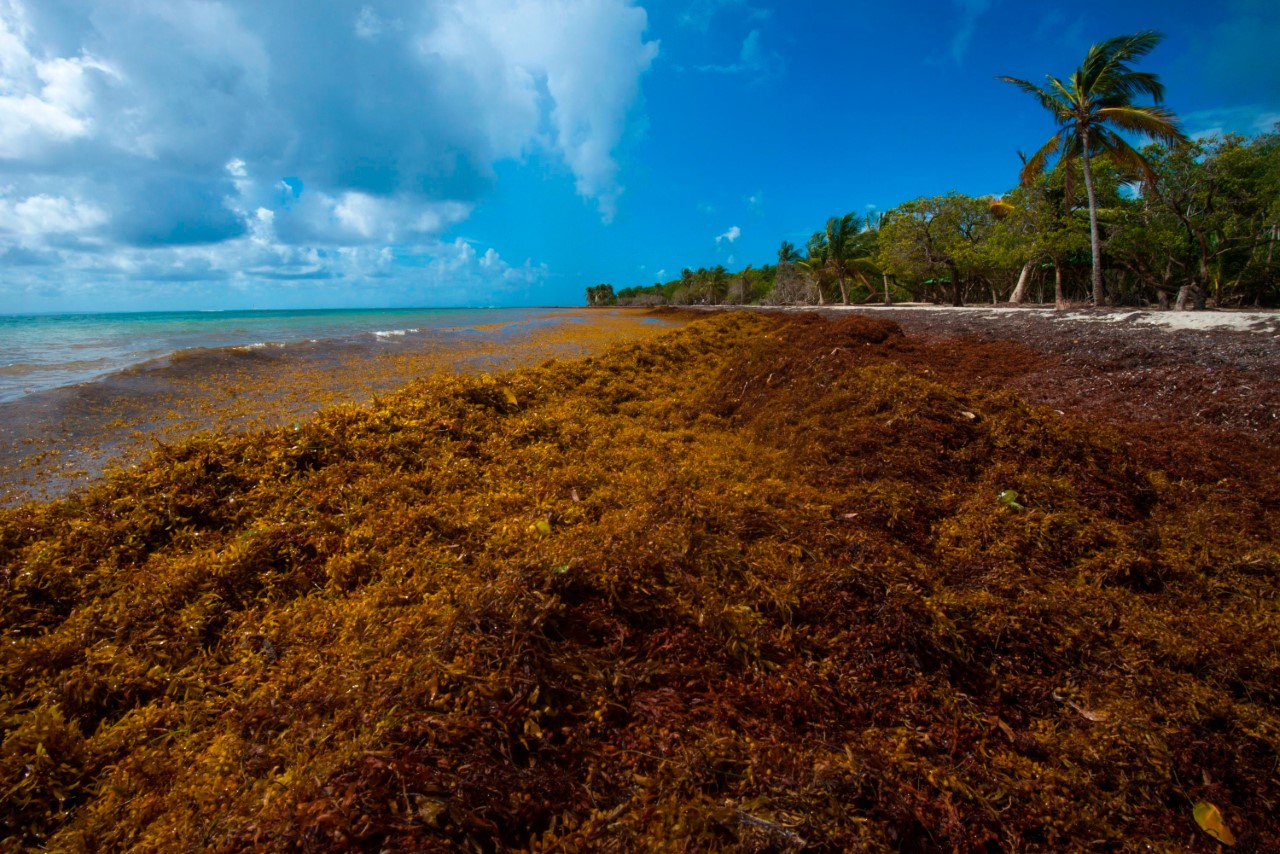Intro

The SEAS Program is an ongoing research effort from Texas A&M Galveston (TAMUG) that specializes in Sargassum seaweed movement and migration patterns, as well as identifying and understanding potential growth factors behind the blooms. This Program was created in 2013 by Robert Webster to help with forecasting large Sargassum landings for Texas. As of 2017, the SEAS Program has performed forecasting for all of the Gulf Coast, Mexico, Grand Cayman, Jamaica, Haiti, Dominican Republic, Puerto Rico and various Caribbean Islands, in order to aid local coastal zone management efforts by providing publicly available data regarding the windrow’s whereabouts.
The SEAS team has also worked with several government entities and private organizations on several different projects in hopes of further understanding the nature of Sargassum seaweed and its movement and migration patterns.
The SEAS Program leverages Landsat Satellite Imagery in order to identify floating Sargassum mats, and then factors in local wind/surface currents in order to provide a forecast. The purpose of this forecasting system is to predict extremely large windrows, rather than patches or debris of seaweed. The resolution is 30m, which means each pixel is 30m x 30m, so a windrow of Sargassum must be extremely large in order to be detected. Please be aware that turbidity and sea state strongly affects visibility, and that most likely there are additional narrower and/or smaller mats out at sea. The revisit time for Landsat is 16 days, so forecasts can only be generated as data becomes available.
Robert Webster, lead developer of the original team, passed away in 2015 due to cancer. The Galveston Daily News printed an honorable memorial for Robert after his passing. Robert Webster ingeniously navigated the development of the SEAS Program. Since his passing, the program has continued to work towards learning more about Sargassum blooms and understanding the forces that cause the landings each year. The continuation of this project and its' research goals are his legacy. The tools and understanding provided by these efforts can be utilized by future researchers and coastal zone managers for the purposes of education and outreach, enhanced coastal resiliency, and scientific advancement.

